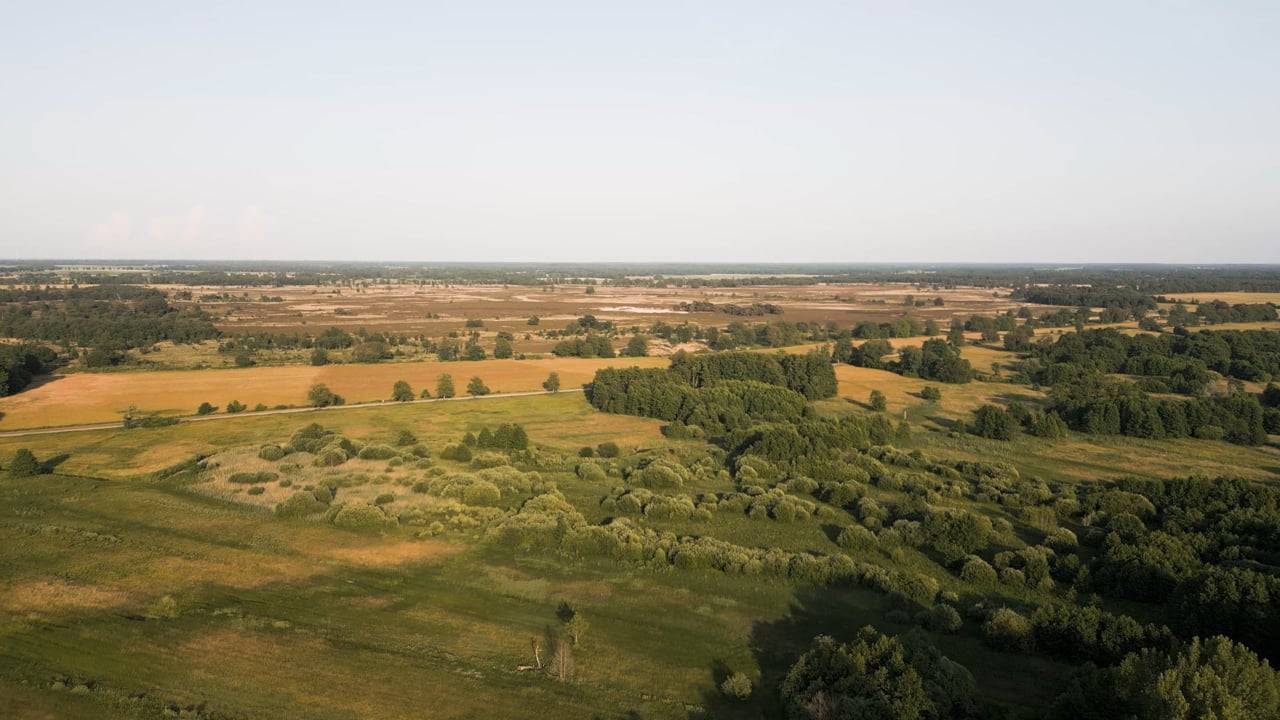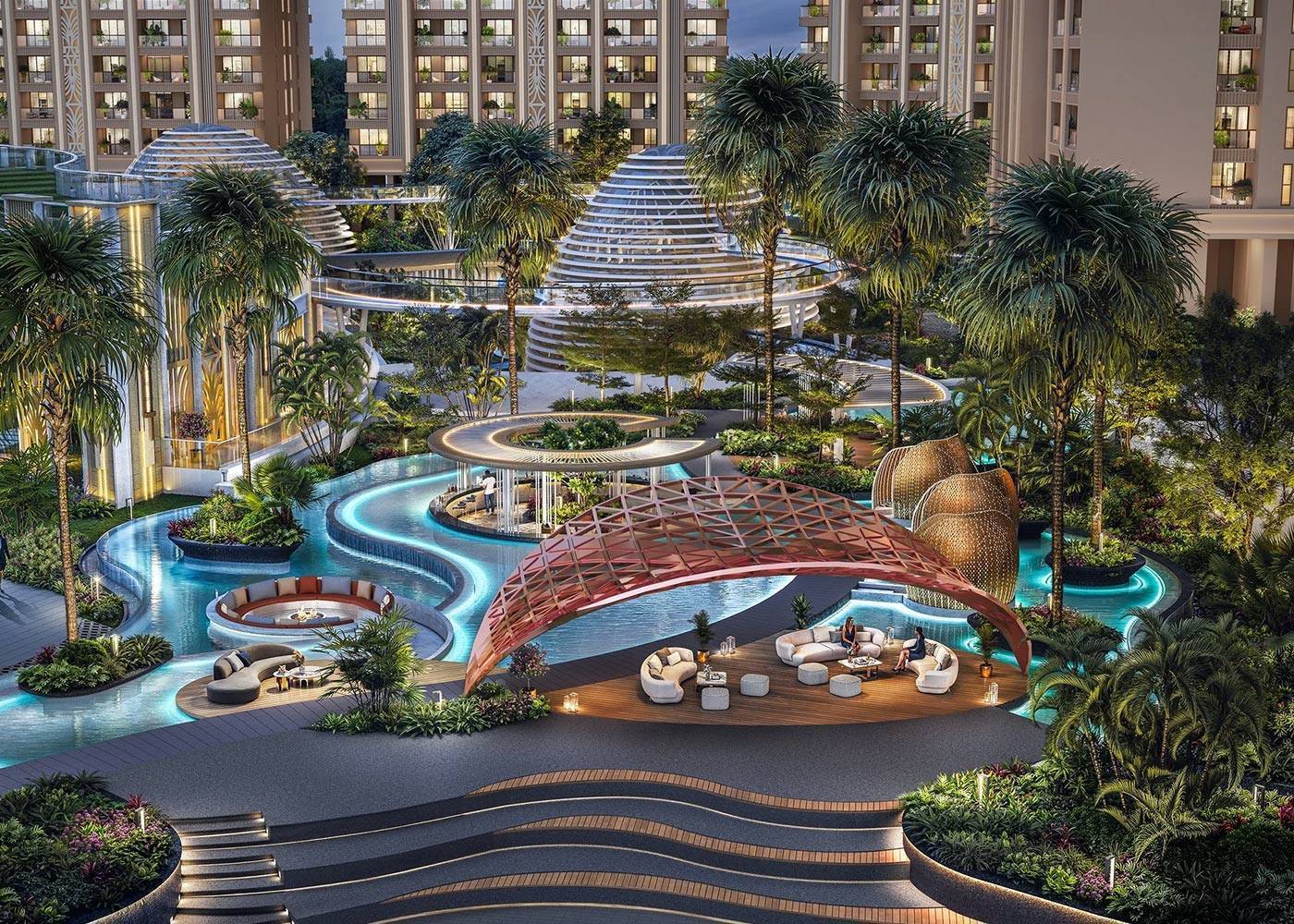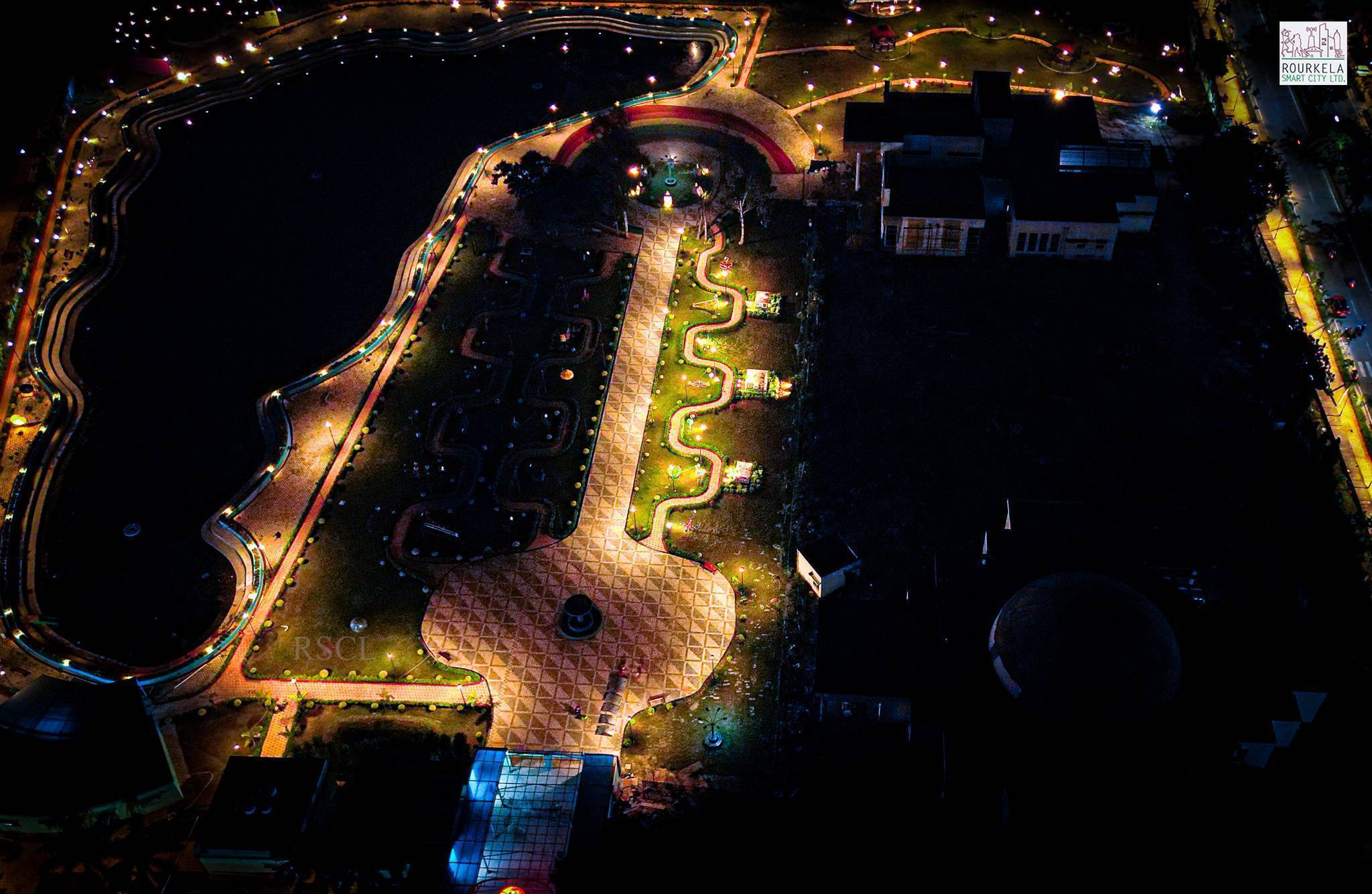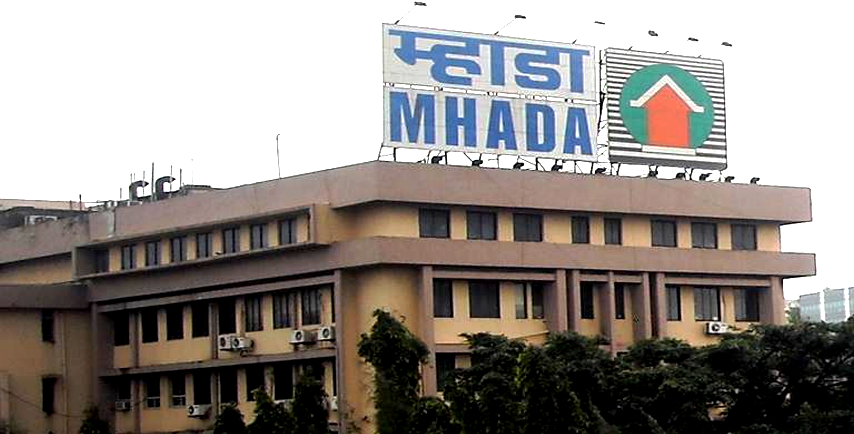On August 16, Prime Minister Narendra Modi will inaugurate Urban Extension Road-2 (UER-2) and the Delhi section of the Dwarka Expressway, slashing travel time from Delhi’s Indira Gandhi International Airport to Noida from two hours to a brisk 20 minutes. This ₹8,000 crore, four-to-six- lane expressway, stretching from Alipur to Mahipalpur via Mundka, Bakkarwala, Najafgarh, and Dwarka, is set to redefine connectivity across Delhi-NCR. With strategic links to highways like Delhi- Chandigarh, Delhi-Rohtak, and the Delhi-Mumbai Expressway, UER-2 promises to ease traffic congestion, cut fuel costs, and streamline commutes to Sonipat, Panipat, Karnal, Ambala, Rohtak, Jind and Bahadurgarh.
For Delhi-NCR’s real estate market, this is seismic shift. Enhanced connectivity drives property demand, and UER-2 is poised to ignite a boom. Noida, now a quick from the airport, becomes a magnet for professionals and investors seeking affordability yet well-connected homes. Expect residential prices in Noida to surge 25-40% within two years, mirroring trends seen along the Jewar Airport corridor. Dwarka and Najafgarh are also transforming into vibrant residential hubs. Their proximity to Gurugram’s corporate centres via Dwarka Expressway, makes them ideal for families seeking value without sacrificing access. Developers are already eyeing these areas for mid-to-high-end projects.
Commercial real estate stands to gain significantly. Uer-2’s connectivity to major highways will spur demand for warehouses, logistics hubs, and retail spaces in Bahadurgarh and Rohtak, where land rates could climb 20-30% in 18 months. Gurugram and Greater Noida will see heightened interest in luxury villas and office complexes as reduced travel times attract corporate tenants and high-net-worth individual buyers. Historical data from the Yamuna Expressways shows similar infrastructure projects boosting plot values by up to 50%.
Rohit Kishore, CEO, Hero Realty, said "Tier-2 and Tier-3 cities are increasingly attractive to real estate developers due to rising housing demand and investor interest. Improved infrastructure, like better roads and expanding metro networks, makes these areas more appealing. In Sonipat, demand for plotted developments is rising as buyers want larger, customizable living spaces. Its closeness to Delhi NCR and upcoming infrastructure projects strengthens its market position. With ongoing upgrades and growing demand, Sonipat is set to become a key hub for custom-built homes, drawing interest from both investors and buyers."
Mr. Abhay Kumar Mishra, President & CEO, Jindal Realty noted, "Sonipat's real estate is on the brink of a major boom post-UER-2 inauguration, with enhanced connectivity slashing commute times from Sonipat to IGI Airport by over half and linking seamlessly to Dwarka Expressway. Property prices here remain 30-50% lower than Gurugram or Noida, yet Kundli land values have surged 190% since 2020, while Sector 35 saw 252% appreciation in three years. Developments like Maruti Suzuki's Kharkhoda plant, alongside UER-2's spurs, will attract industries and professionals, spurring demand for affordable homes and logistics hubs. Expect 2-3x returns in 5-8 years as new manufacturing sectors amplify growth.”
“The inauguration of UER-2 is a watershed moment for Sonipat real estate. With direct, high-speed connectivity to IGI Airport and seamless access to Delhi via the Urban Extension Road, Sonipat transitions from a peripheral township to a core NCR growth hub. This expressway will drastically cut travel times for business and leisure, making Sonipat a compelling choice for professionals seeking larger homes at attractive price points and investors seeking strong appreciation potential. Sonipat is emerging as a preferred destination for developers ready to launch mid-income townships, luxury villas, and integrated business parks. With UER-2 enhancing access and reducing congestion, the real estate landscape here is primed for sustainable long-term growth” said, Rahul Singla, Director, Mapsko Group.
Yashank Wason, Managing Director, Royal Green Realty, said, “The inauguration of UER 2 on August 16, 2025, is set to redefine connectivity across Delhi NCR, significantly cutting travel time between Sonipat and IGI Airport. This landmark infrastructure development will greatly improve access to major NCR cities, spurring economic growth and urban expansion. For Sonipat’s real estate market, it is a truly transformative moment — seamless connectivity will attract a surge of professionals, families, and investors. We foresee property values appreciating and new residential projects gaining momentum, firmly positioning Sonipat as a prime urban extension of Delhi and a key driver of sustained regional growth.”
Mr. Ravi Nirwal, Sales Director & Principal Partner, Square Yards, added that the signal-free corridor will spark a significant revaluation: “The inauguration of UER II (Urban Extension Road II) marks a milestone for Delhi NCR. This high-speed, signal-free corridor connects major routes including NH 44, NH 9, and NH 48, along with the Dwarka Expressway, the Delhi Mumbai Expressway, and the international airport. From a property market perspective, the operationalisation of UER II is set to spark a significant revaluation across several micro markets. It will likely boost residential activity in Dwarka as well as in peripheral locations such as Kundli, Sonipat, and Narela. We believe, the impact will go beyond simple price appreciation. The new connectivity corridor is expected to create a broader and more resilient base of demand. It will open access to budget-friendly locations for both homebuyers and businesses while preserving seamless connectivity to Delhi’s primary commercial hubs.”
The introduction of UER II and the Dwarka Expressway is set to change the urban dynamics of Delhi NCR. Analysts suggest that improved road networks will not only shorten travel times but also unlock newer housing destinations in outer zones. By making peripheral markets more accessible, these projects could shift demand patterns and encourage a more balanced distribution of residential growth across the region.
Echoing the long-term benefits, Mr. Vimal Nadar, National Director and Head of Research, Colliers India, observed, “The Urban Extension Road, connecting Alipur, Dwarka Expressway & Mahipalpur and the Delhi section of the Dwarka Expressway, are set to enhance connectivity and reduce commute time in the entire National Capital Region. These flagship projects have the potential to uplift the real estate landscape in catchment areas such as Dwarka, Najafgarh, Rohini and localities along NH-48 & Dwarka Expressway, particularly bolstering commercial, residential and warehousing demand in the long-term. With close to 3 million sq ft of Grade A office stock nearing completion in the NH-48 micro market, commercial real estate activity across demand segments is likely to gain traction in the next few years.”
The synergy between infrastructure expansion and commercial development is expected to strengthen NCR’s investment appeal. With Grade A offices and warehousing hubs aligning along these growth corridors, developers anticipate stronger institutional interest alongside end-user demand. This integration of residential and commercial nodes could transform the NCR into a more sustainable and future-ready market.
Mr. Ashok Kapur, Chairman, Krishna Group and Krisumi Corporation, also highlighted the housing sector’s prospects, ““The inauguration of the Dwarka Expressway and Urban Extension Road (UER) II by the Hon'ble Prime Minister is a major step towards improving connectivity, boosting infrastructural growth, and stimulating economic activity in the Delhi NCR region. The housing sector, in particular, stands to benefit, as major infrastructural projects invariably enhance the overall appeal of the housing market among buyers. The Dwarka Expressway has emerged as a pivotal growth corridor, offering unmatched connectivity between Delhi and Gurugram and significantly reducing travel time.
The two-fold jump in property prices witnessed in the micro-market of the Dwarka Expressway over the past couple of years underscores the strong demand for premium homes in the region. With upcoming infrastructural upgrades, the presence of renowned educational institutions, advanced healthcare facilities, and well-developed social infrastructure, the Dwarka Expressway is poised to remain a leading driver of property growth, particularly in the premium housing segment.”
However, developers must tread carefully to avoid oversupply, ensuring growth remains sustainable. For investors, the direction is clear: Delhi-NCR is entering a decisive growth phase. Corridors such as Dwarka, Noida, and Bahadurgarh are positioned for appreciation, with values likely to capture the full impact of UER-2 and Dwarka Expressway’s enhanced connectivity in the coming years.
With these transport linkages now operational, Delhi-NCR is set for its next cycle of real estate expansion. Improved airport access, city-wide decongestion, and a supportive investment climate will continue to push demand and asset values upward. This unfolding phase, often referred to as the “third ring road revolution,” signals a structural shift in the capital region’s property market, one that buyers, investors, and developers cannot afford to overlook.
Image source-x.com









.png)